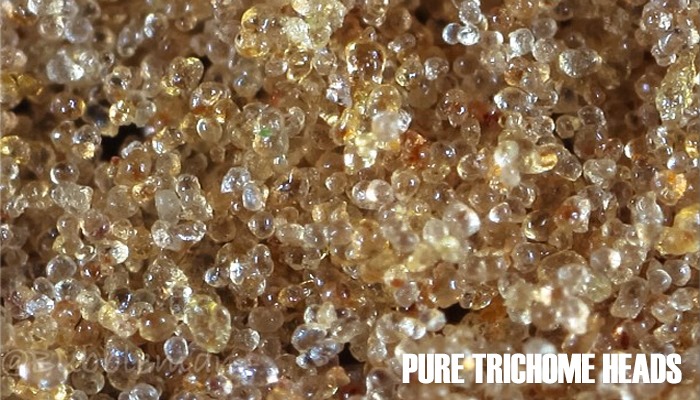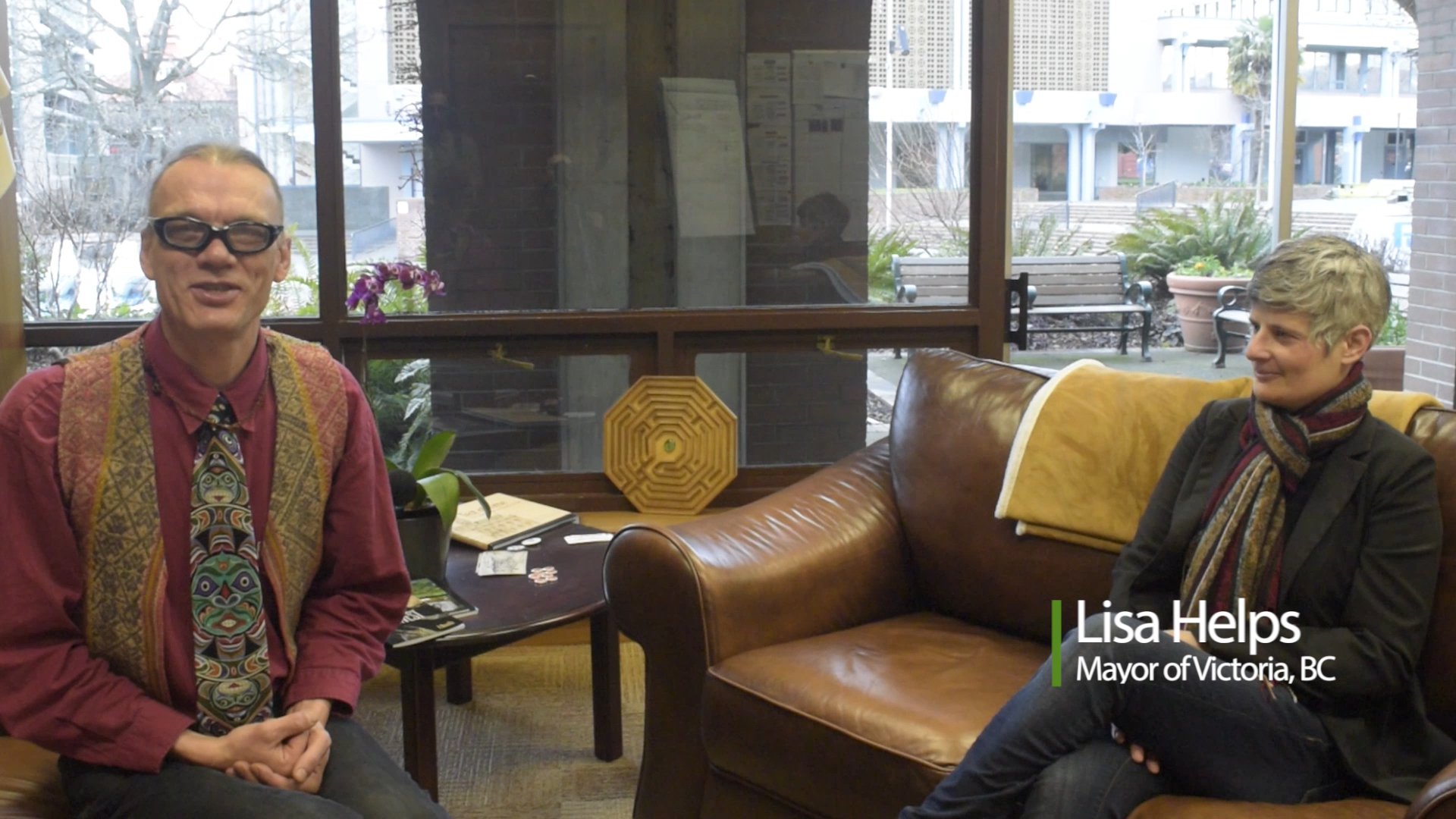
(Image: Fresh Headies)
Making Dry Sift Hash
Separating the medicinal ingredients stored in the trichomes head of the cannabis plant from the remaining inert material might prove to be the single most important step in making clean cannabis medicines. The bulbous glandular reservoir dangles precariously, like the cap of a glass mushroom, waiting for the slightest agitation to leave it’s fibrous host which may contain a number of contaminants from heavy metals and fertilizer to harmful moulds and bacteria. The cannabinoids held within the heads are intended by this mechanism to reach the receptor sites of mammals and perform their unique role in their respective endocannabinoid systems.
One simple approach to mechanically separating the resin containing heads from the plant body is by sifting. Dry sifting for “kief” or “pollen” is an ancient technique involving the use of a screen or sieve upon which the raw material is worked or threshed to shake loose the trichome heads. Fabric screens with holes of varying sizes, (typically in the range of 25-200 microns) allow the heads to fall through while much of the plant material remains on top. Drier plant material will tend to make greener hash since more of the plant will powderize and pass through the screen. Using fresh material reduces the greening effect and freezing will make the resin more brittle and even easier to separate.
(Cross section of a cannabis trichome)
The sifting process may be repeated to obtain multiple grades of purity. After separating much of the resin from the plant material through a wider screen (100-200 micron), use a smaller width mesh until the required level of purity is obtained. The purest dry sift has a consistency much like taffy: it can be opaque or translucent and should be very sticky and malleable with a noticeable snap when cold. When exposed to heat, it will begin to bubble and release its vapours. Modern takes on the dry sift method involve more advanced ways to agitate the material (e.g. vibratory sieves, ultrasonics, and precise matching of resin head size to sieve hole size) as well as the use of dry ice. Modern innovation has also provided a variety of small devices that have mastered this task, available for a few hundred dollars.
This important step in creating clean cannabis products for medical use is at the centre of the constitutional challenge that was ruled on by the Supreme Court of Canada. When I launched this challenge five and a half years ago, I had no idea how many people, even young children with epilepsy, would stand to benefit from using these products.
Due to the enormous costs associated with this epic campaign, we are seeking financial support, find out more at our GoFundMe campaign.
By Owen Smith
originally written for LiftCannabis





